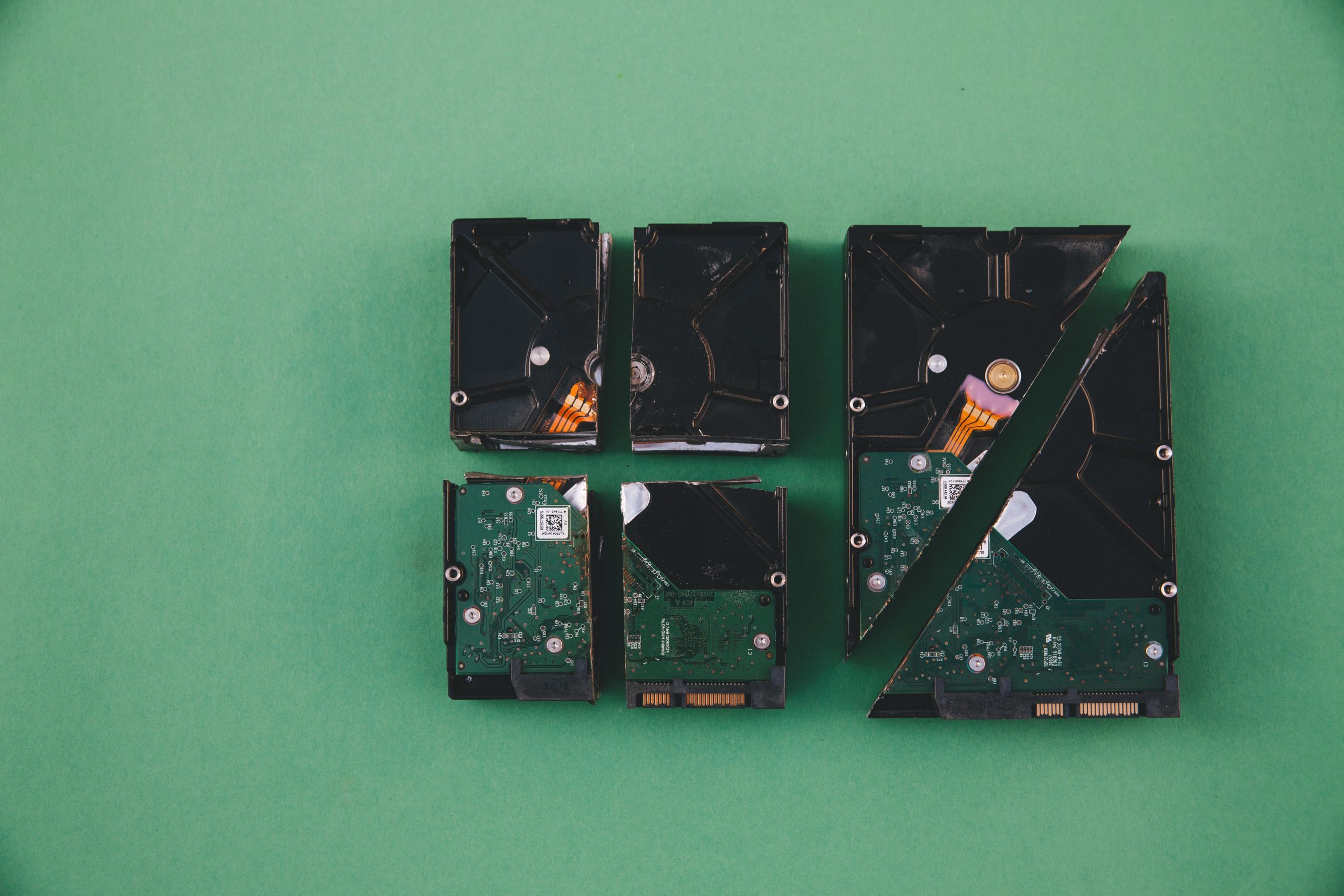Ensuring Accurate Disk Cloning with Macrium Reflect: Verifying Your Files and System Integrity
Introduction
When migrating data and operating systems using disk cloning tools like Macrium Reflect, verifying the accuracy and completeness of the clone is crucial. Proper verification guarantees that your data remains intact and bootable after the transfer. This guide provides a professional overview of how to confirm successful cloning, particularly when expanding storage or creating backups on external SSD enclosures.
Understanding the Cloning Process and Verification
Macrium Reflect is a popular tool for disk cloning, known for its reliability and comprehensive verification features. After initiating a clone operation, users often wonder whether the process truly duplicated the source disk accurately, especially when using external enclosures such as USB-C SSDs.
While Macrium Reflect offers an option to verify after cloning, it’s common to question whether the verification process was performed correctly or if additional steps are needed to ensure data integrity.
Best Practices for Confirming Clone Accuracy
-
Use Built-In Verification Features
-
During cloning, select the ‘Verify’ option if available. Macrium Reflect performs an automated check comparing the source and destination disks’ checksums or file structures.
-
Confirm that the verification completes successfully before proceeding.
-
Manual File System Comparison
-
After cloning, you can manually compare key folders and files to ensure they match.
- Right-click on folders, select ‘Properties,’ and compare ‘Size on Disk’ and file counts.
-
To ensure deeper consistency, consider using file comparison tools.
-
Employing File Comparison Tools: WinMerge
-
WinMerge is an effective utility for comparing folder structures and file contents.
- Use WinMerge to compare the source drive (or original data) with the cloned drive.
-
Look for any mismatched folders, files, or size discrepancies.
-
Confirming Data and Boot Integrity
-
Ensure that essential system files and applications are functioning as expected.
- Boot from the cloned drive (if it’s bootable) to verify system startup and operation.
- Test software and documents to confirm they work correctly.
Applying These Methods to Your Scenario
In your specific context, you cloned a 1TB NVMe drive to a larger 2TB NVMe via USB-C enclosure, intending to expand storage and create backups. Your primary concerns are verifying that all data, including Windows system files and personal files, were accurately copied.
Here’s a step-by-step approach:
- Perform Post-Clone Verification:
- Utilize Macrium Reflect’s verification feature to automatically
Share this content:

